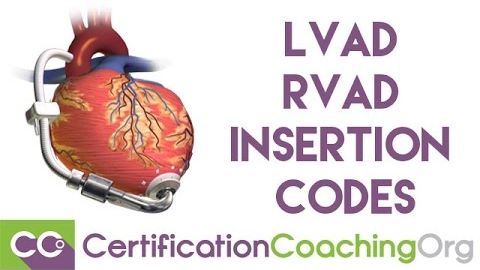
字幕と単語
LVAD RVAD挿入コードのレビュー|医療コーディングトレーニング (Review of LVAD RVAD Insertion Codes | Medical Coding Training)
00
Ting Huang が 2021 年 01 月 14 日 に投稿保存
動画の中の単語
leave
US /liv/
・
UK /li:v/
- v.t./i.去る;残す : (財産などを)残して死ぬ;(ものを)~の状態にしておく;(使用せず)そのままにしておく;残す;~の状態にする
- n. (u.)許可;休暇(期間)
- n. (c./u.)残り物
A1 初級TOEIC
もっと見る エネルギーを使用
すべての単語を解除
発音・解説・フィルター機能を解除
